A lot of foods grandparents cooked went out of style over the years. They weren’t fancy, and some just seemed outdated compared to the quick, packaged foods that became popular later. But now, many of these old-school foods are back in home kitchens because they’re practical, simple, and fit with how people actually eat today.
The foods grandparents ate were often about getting the most out of simple ingredients. They kept costs low, minimized waste, and used whatever was easy to keep around. These are all things that matter again. Younger cooks today want foods that are affordable, convenient, and easy to prepare, and they’re finding great ideas by looking back to what their grandparents ate regularly.
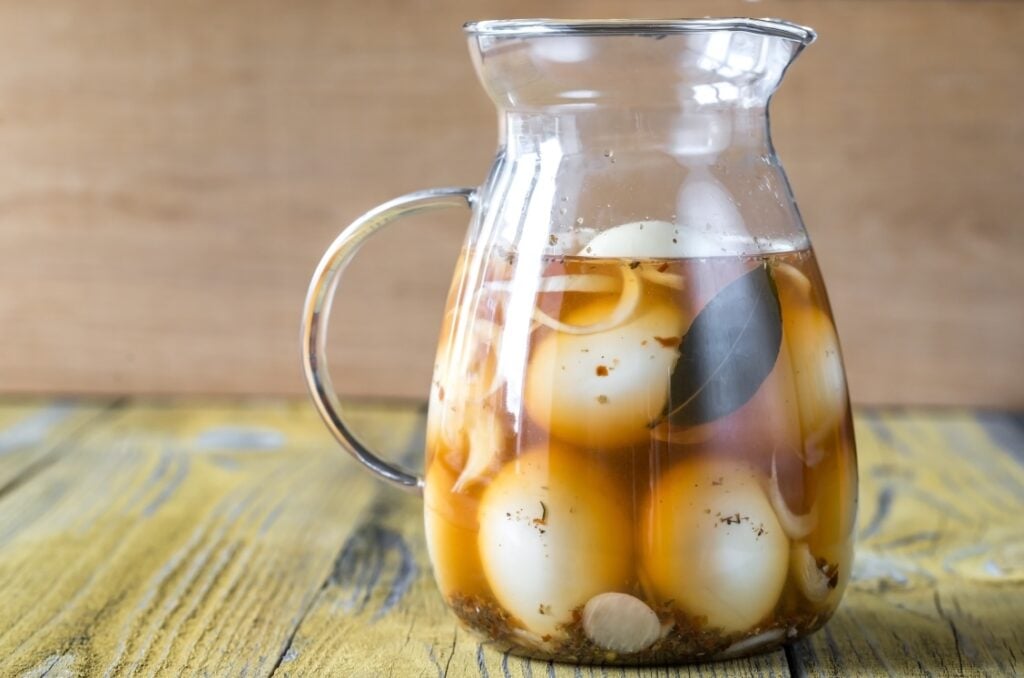
1. Liver and Onions
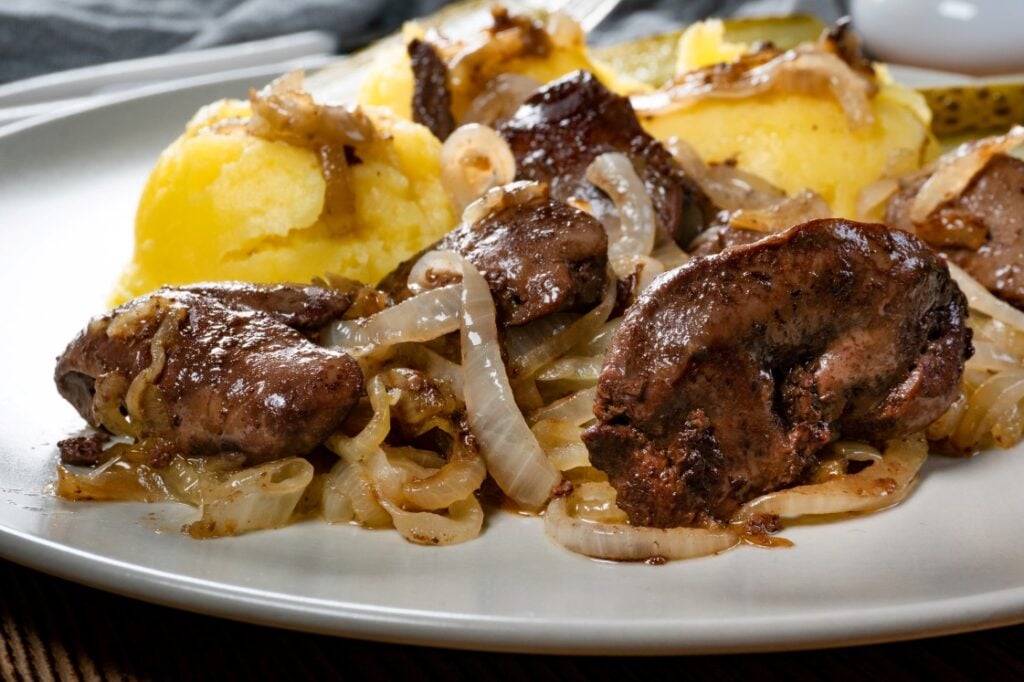
Liver and onions used to show up regularly on grandparents’ tables because liver was cheap and packed with nutrients like iron and vitamin A. As grocery stores started offering more options, liver lost popularity mostly due to the strong flavor and grainy texture that comes from cooking it badly. Today, liver is coming back because younger cooks are interested in less food waste and using every part of the animal. If prepared the right way, liver doesn’t have to taste metallic or have a dry, unpleasant feel.
Choosing fresh liver makes a big difference. When buying liver at the store, look for pieces that are evenly colored and smooth, with no dry edges or grayish patches. Fresh liver has a mild, clean smell — if it smells off, it’s already old and won’t taste good. Before cooking, soaking liver in milk for 30 minutes helps take away some bitterness and any leftover metallic taste. This quick step changes the flavor more than you’d expect.
When cooking liver and onions, avoid high heat or cooking it too long. Liver cooks much faster than other meats, usually only needing 2-3 minutes per side in a skillet over medium heat. The inside should stay just slightly pink when you cut into it. Any longer and the liver toughens up, becoming grainy and chewy. Onions cooked low and slow until caramelized add natural sweetness and balance the liver’s earthy flavor.
Liver is making a comeback partly because younger cooks care about nutrition, but also because nose-to-tail cooking is becoming popular again. It’s an affordable, nutritious option that helps reduce waste in the kitchen and tastes surprisingly mild when prepared carefully.
2. Gelatin Salads

Gelatin salads were popular in grandparents’ kitchens because they stretched leftover ingredients further. During an era when frugality was essential, gelatin could bind vegetables, fruits, or even leftover meat together, turning odds and ends into a meal that lasted days. These salads eventually faded from popularity because convenience foods became easier to find, and the recipes began feeling outdated or odd. But gelatin salads are now returning because younger generations appreciate using food more thoughtfully and cutting back on waste.
A big reason gelatin salads are catching on again is that they fit current habits. People today want dishes that can be made ahead, stored easily, and served without a lot of extra preparation. Gelatin salads check those boxes. They can sit in the fridge until needed, which means less last-minute cooking stress. Modern cooks also like customizing gelatin salads to match what’s available, seasonal, or on hand. Nearly anything works in gelatin, including fresh herbs, vegetables from the garden, or fruits that might go bad otherwise.
For gelatin salads to be enjoyable, the ingredients should pair naturally. Using broth-based gelatin for savory dishes with vegetables or meats makes sense. Fruit juices or lightly sweetened gelatin pair well with berries, stone fruits, or citrus. Keeping flavors simple helps avoid confusion or strange combinations.
3. Spam
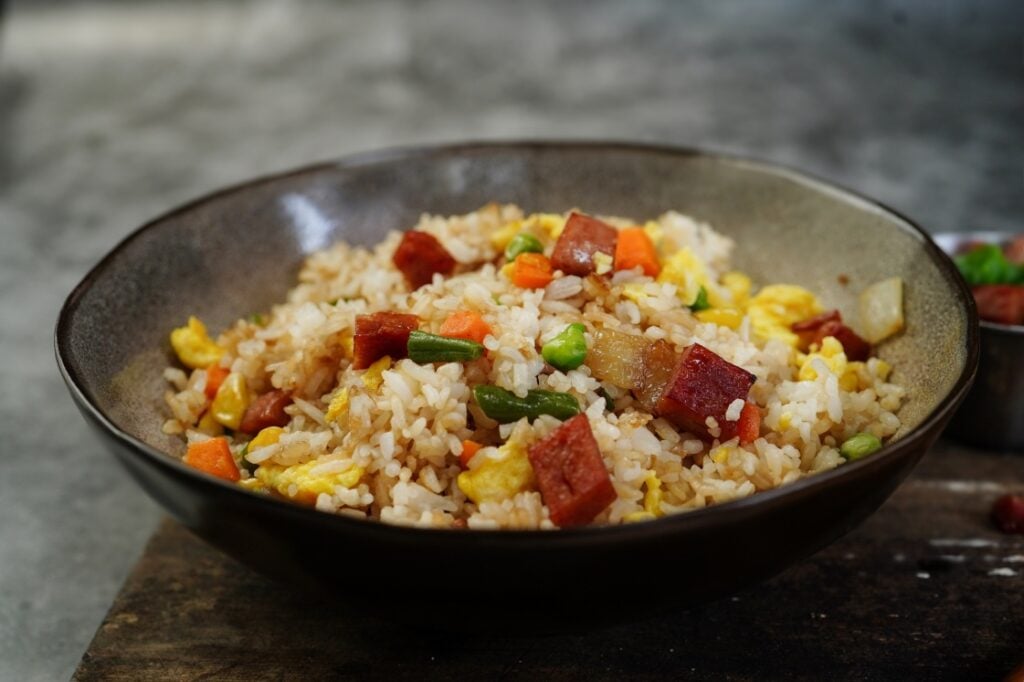
Spam was common when grandparents cooked because fresh meat was expensive and didn’t store easily. It eventually became less popular when fresh meat got cheaper and more available. Now, Spam is showing up again, mostly because younger cooks appreciate how practical it is to keep around.
Straight from the can, Spam feels soft and salty, which is why some people have trouble liking it. Fixing this takes just a couple of steps. Cut Spam thinly, then fry it in a hot pan until it gets lightly crisp. Usually, about two minutes per side is enough. Frying changes the texture, gets rid of the softness, and mellows the salty taste. If the salt is still too strong, simmer Spam slices in water for a few minutes first, pat dry, and then fry.
Once Spam is cooked to reduce saltiness and fix the texture, it’s simple to use as a quick ingredient. Dice it and toss into dishes like fried rice, scrambled eggs, or stir-fries. Thin slices work well grilled or pan-fried for sandwiches or breakfast.
4. Pickled Eggs
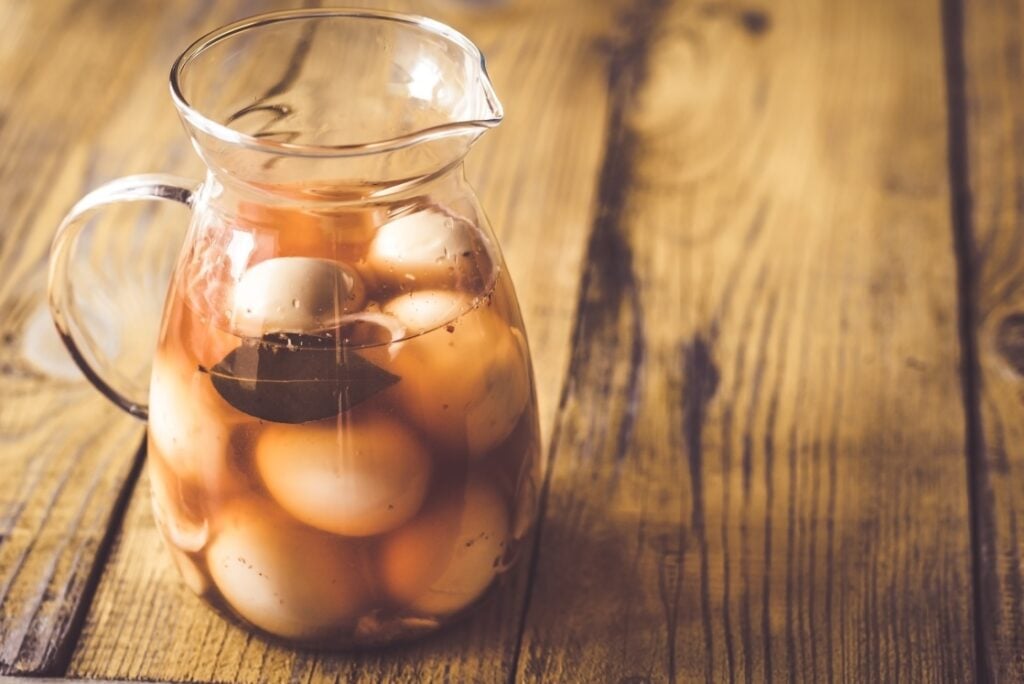
Pickled eggs were common for grandparents because they were practical. Before everyone had reliable refrigeration, pickling eggs meant you could preserve extras without waste. They mostly disappeared once convenience foods and fresh eggs became easy to buy anytime. Now they’re becoming popular again because people want simpler snacks that last longer, create less waste, and fit into busy lives without a lot of prep.
To get pickled eggs right, boil your eggs carefully. Overcooked eggs get rubbery, and that’s usually why people think pickled eggs taste bad. Boil them just until firm, about 10 minutes, and dunk them in cold water immediately. That keeps them tender and makes peeling easy.
When you make the brine, stick with a mild vinegar mixture. Use half vinegar, half water, and keep the seasoning basic. Mustard seeds, dill, garlic, or sliced onion add flavor without overpowering. Pour the warm brine over peeled eggs, then refrigerate for a day or two. They’ll keep for weeks, and the flavor gets better with time.
5. Prunes
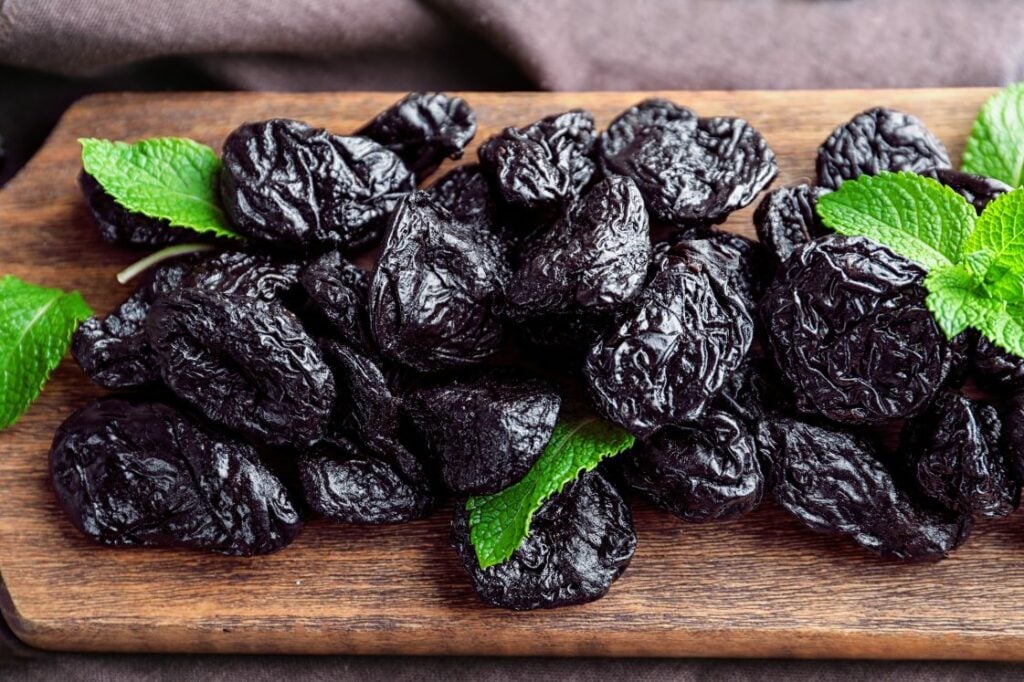
Prunes were always around at grandparents’ houses, especially at breakfast. They weren’t trendy or exciting, just practical. People back then knew prunes kept digestion regular, and at the time, food choices were simple — eat things that worked. But prunes eventually faded because younger generations saw them as old-fashioned or only useful for digestive trouble. Now they’re getting attention again, mostly because younger people actually care about gut health and like the natural sweetness prunes offer without extra sugar.
Today, prunes aren’t just something you force yourself to eat; they’re showing up in foods younger people actually enjoy. Bakers are mixing them into muffins and breads to add sweetness and moisture. Others toss them into oatmeal or smoothies because they taste naturally sweet and boost nutrition without much effort. Basically, prunes are back because they’re practical again, just like they were for our grandparents.
6. Bone Broth

Bone broth was practical cooking decades ago because nothing went to waste. Families would save bones from roasted chickens, beef roasts, or pork chops to make nutritious broth. The habit faded once grocery stores stocked canned or boxed broth because those options were quicker. Today, bone broth is popular again because it reduces waste in the kitchen and has health benefits people value, like collagen and nutrients that are good for digestion.
Making bone broth starts by choosing bones carefully. You can save bones from meals, like roasted chicken or ribs, or ask a butcher for inexpensive cuts like beef knuckles, marrow bones, or pork neck bones. Roasting the bones first in a hot oven for about 30 minutes deepens flavor and color, makes the broth richer, and gives it better flavor.
When simmering bones, cooking time matters. Unlike regular broth or stock, bone broth cooks longer (usually at least 12 hours, and sometimes up to 24 hours). Long simmering pulls collagen and minerals from bones, making the broth nutritious and giving it that slightly thick, gelatinous texture once cooled. Keep the heat very low, just barely bubbling, so the broth stays clear and doesn’t become cloudy.
Additions like onions, celery, carrots, garlic, or bay leaves can be tossed into the pot, but skip strong herbs or spices at first because they get bitter during long cooking. You can always season the broth later, once it’s strained. After simmering, strain carefully to remove any bone pieces. Let the broth cool, skim off fat if needed, and store in the fridge or freezer.
7. Homemade Sauerkraut
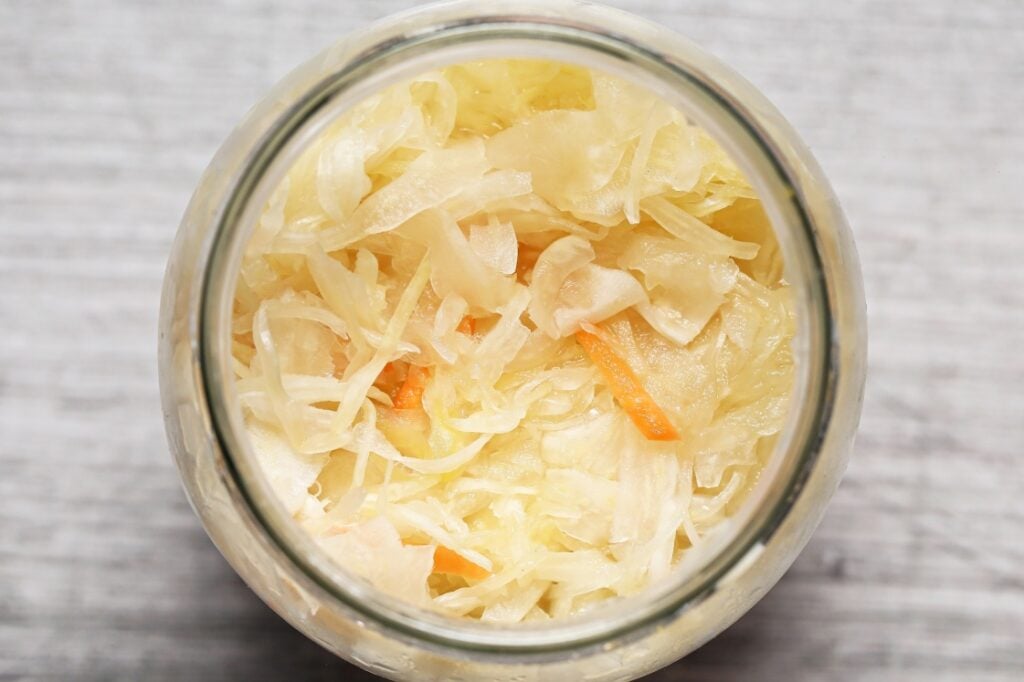
Making sauerkraut at home was common in grandparents’ kitchens because fermenting was an easy way to preserve cabbage without refrigeration. Families often made big batches in stoneware crocks, especially during fall when cabbage harvests were abundant. It fell out of regular practice once store-bought canned or refrigerated sauerkraut became widely available. Today, younger cooks are returning to homemade sauerkraut because it’s affordable, reduces food waste, and offers probiotic benefits people want for digestion.
When preparing sauerkraut at home, choosing fresh cabbage matters most. Pick heads that feel heavy and firm with tightly packed leaves. Once the outer leaves are removed, shred cabbage finely with a sharp knife or mandoline. Uniform thinness helps fermentation happen evenly and quickly.
Next, salt matters. Use non-iodized salt like kosher or pickling salt. Iodized salt can interfere with fermentation. Sprinkle salt onto shredded cabbage (usually about two teaspoons per pound of cabbage) and massage it with clean hands for several minutes. This breaks down cell walls, releases juices, and creates a salty brine. The cabbage must stay fully submerged in this brine to ferment safely and avoid spoilage or mold.
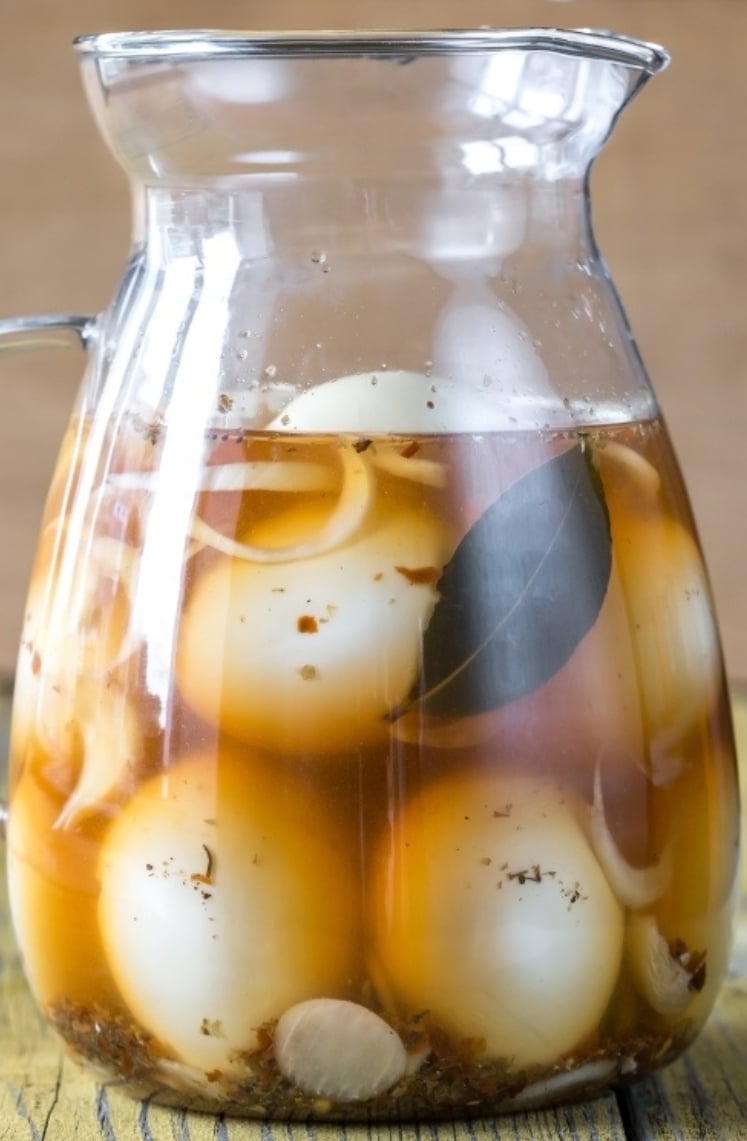


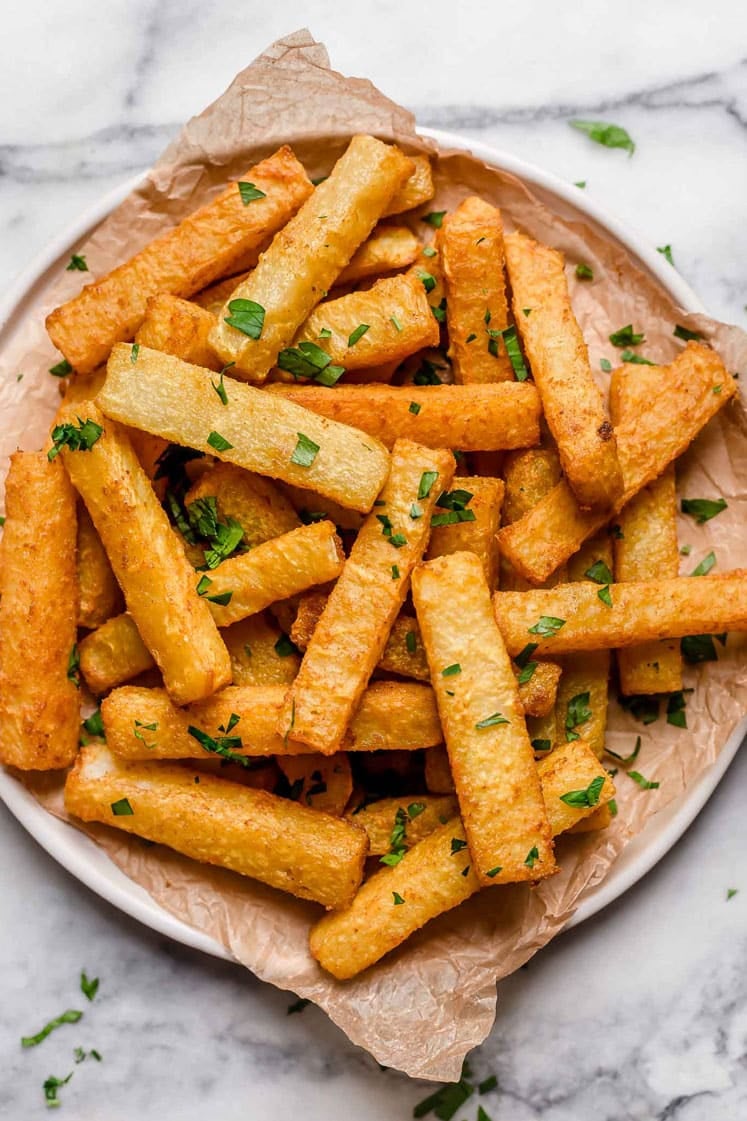
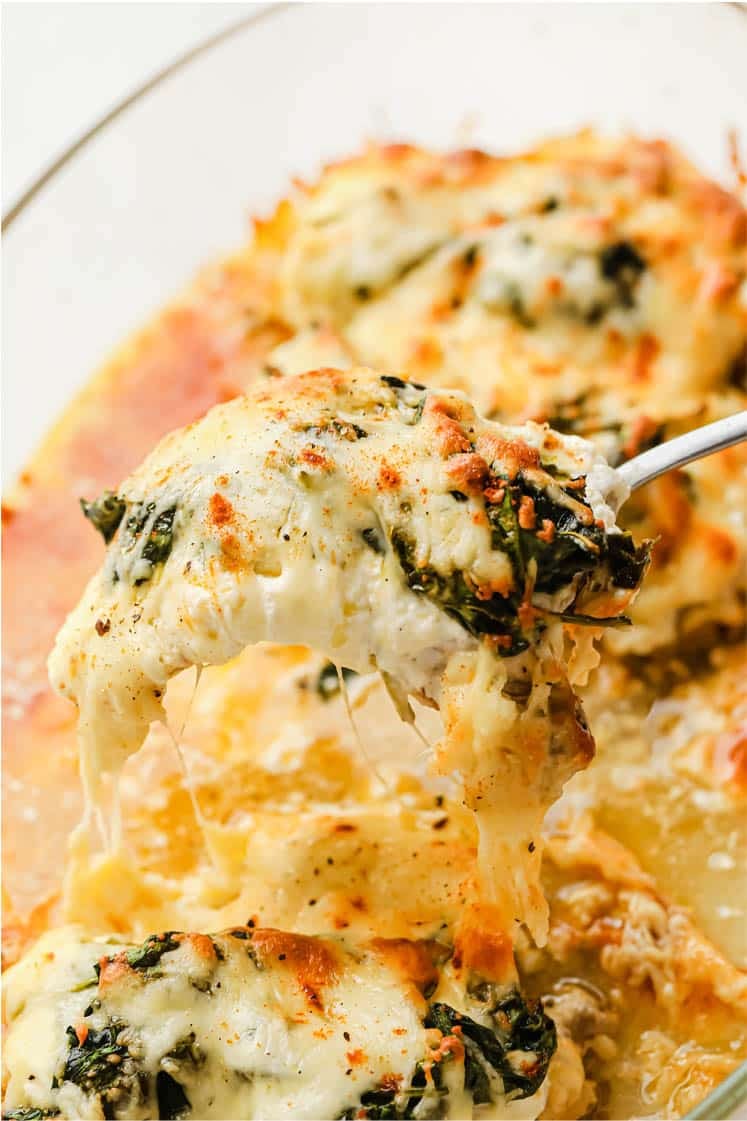
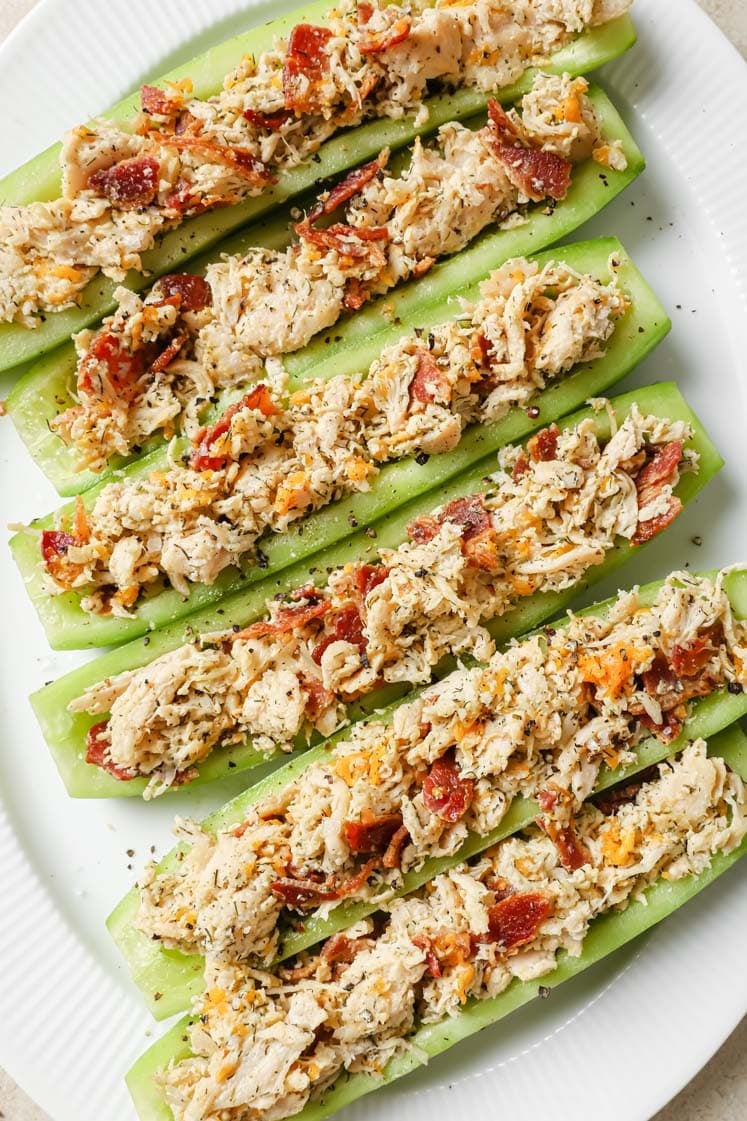
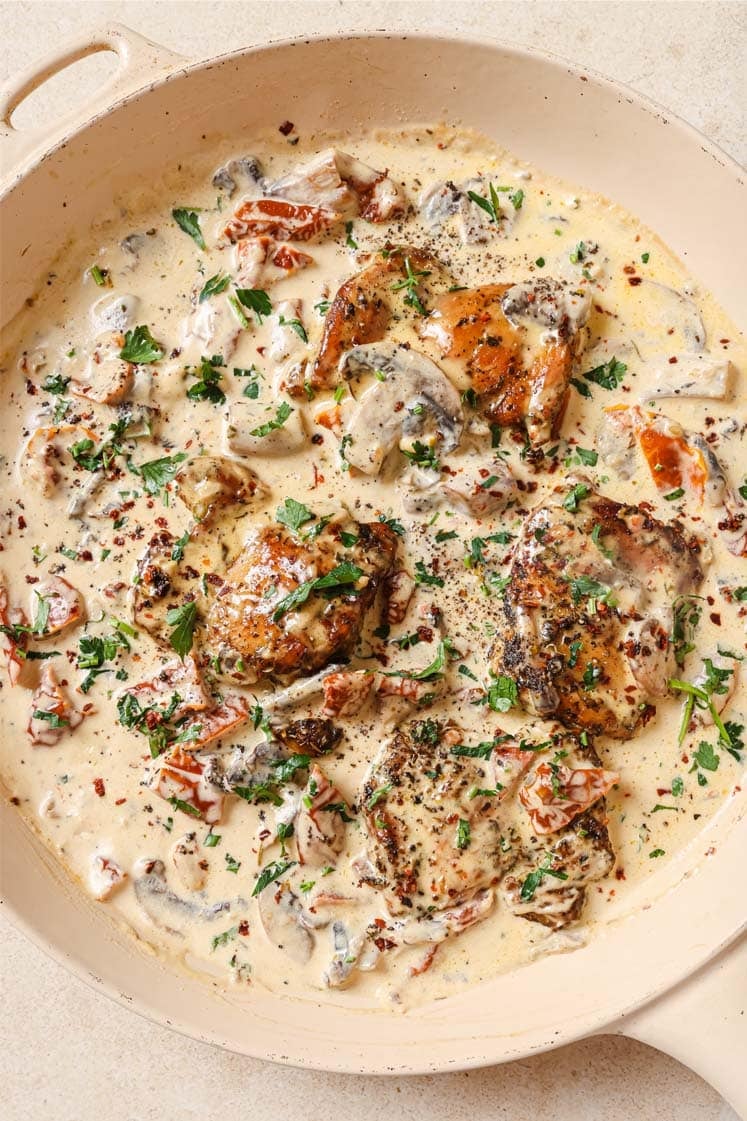

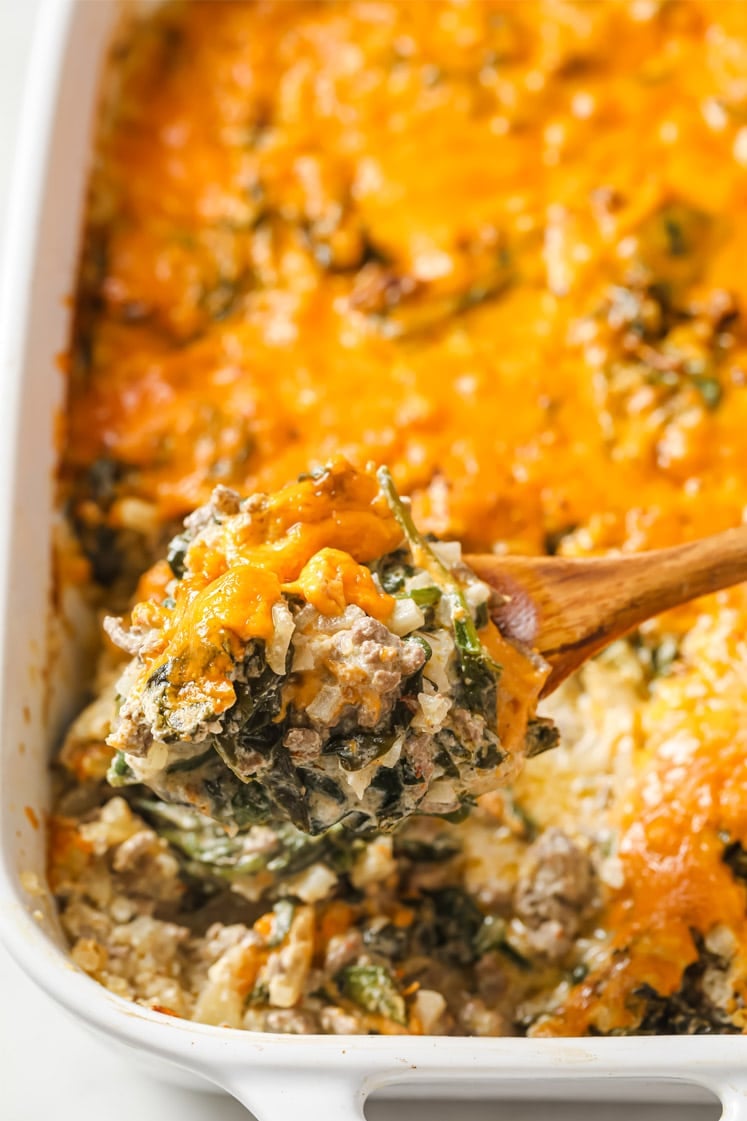
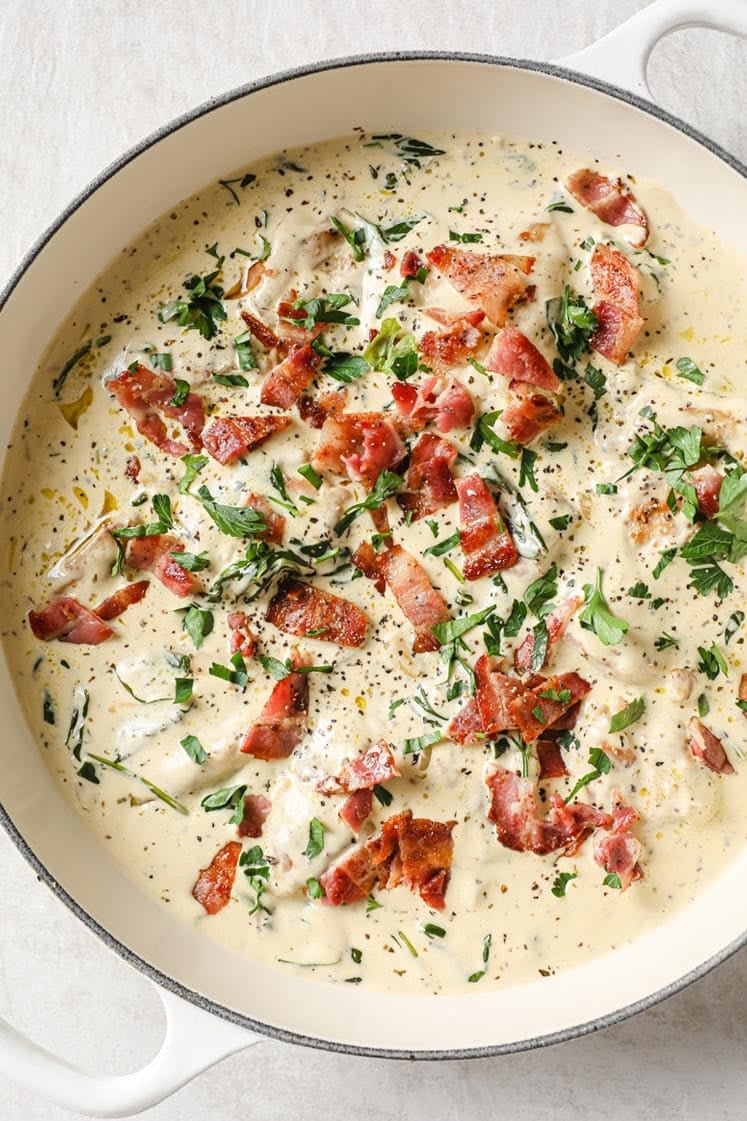

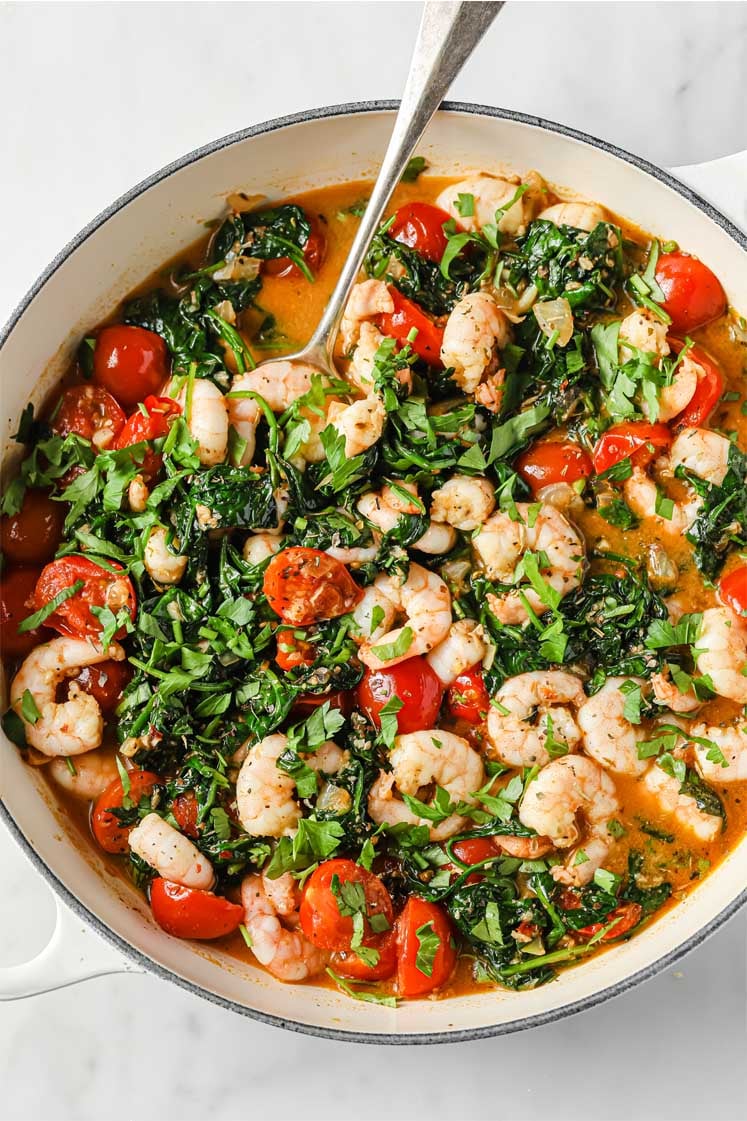

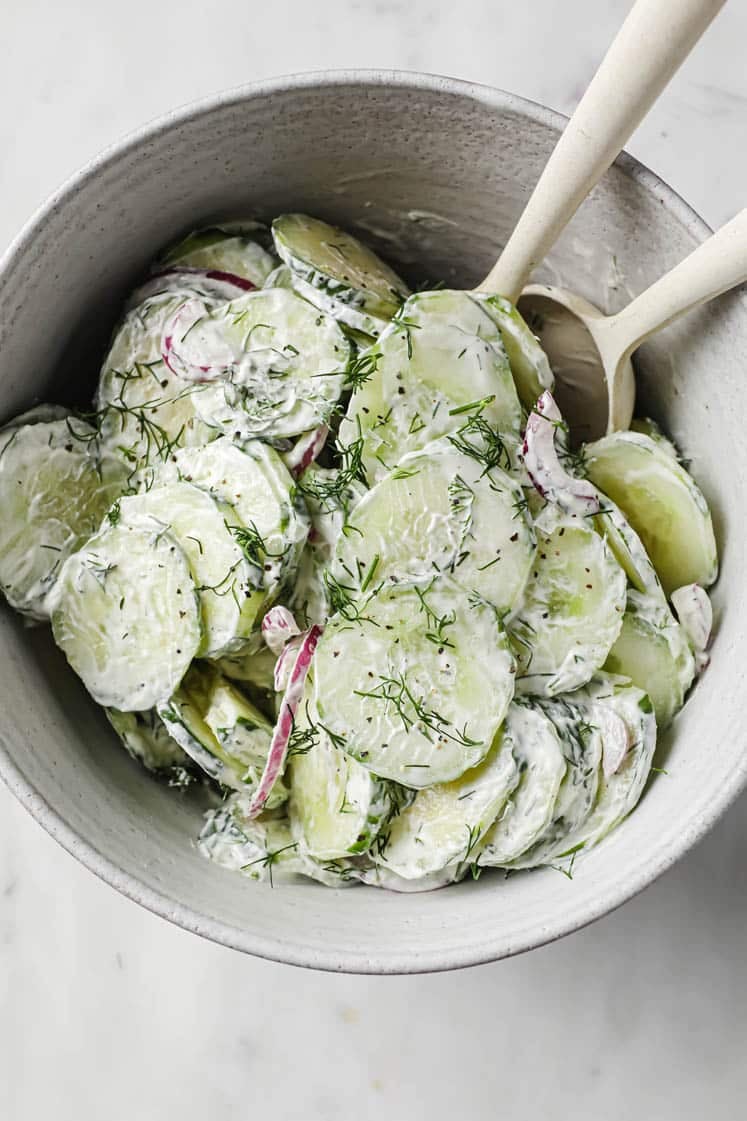









Leave a Reply